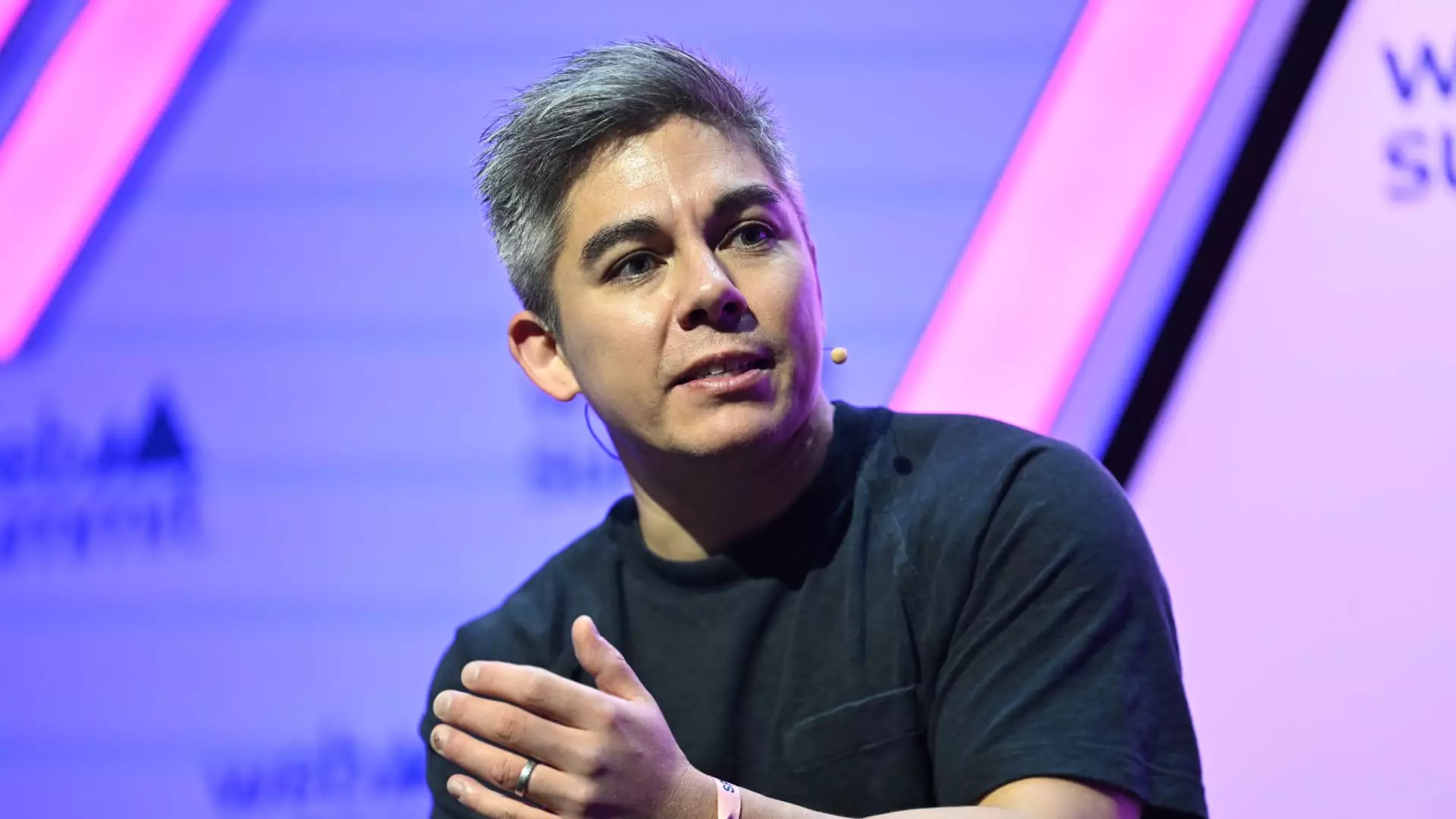Financial technology companies, once buzzing with IPO excitement, are now adopting a more measured approach following Klarna’s recent confidential filing for a U.S. public offering. The initial frenzy surrounding fintech IPOs has given way to a careful evaluation of market conditions, with industry leaders reluctant to jump into the public sphere. Klarna, a prominent player in the buy now, pay later (BNPL) sector, has reignited discussions about market readiness, although uncertainty lingers over the actual timing and pricing of its share offering.
While Klarna’s move is significant, it has not yet stimulated a stampede towards public offerings within the broader fintech landscape. Company founders are taking a pause to observe market signals, weighing key factors such as share pricing and the projected performance of stocks in a volatile environment. Some executives, like Hiroki Takeuchi, CEO of payment solutions provider GoCardless, emphasize the importance of prioritizing business sustainability over immediate IPO ambitions. For Takeuchi, the road to an IPO is a part of a larger journey, rather than a definitive endpoint.
As fintech companies navigate this complex landscape, market sentiment plays a critical role in shaping their decisions. Though the IPO landscape appears more favorable now than in the past, executives remain noncommittal about their own public listings. Lucy Liu, an Airwallex co-founder, corroborated this sentiment, referencing her partner Jack Zhang’s assertion that their company aims to be “IPO-ready” by 2026. Airwallex, which excels in cross-border payments, is concentrating on refining its core business model, indicating that IPO aspirations are more about process than urgency.
The conversation around IPOs is clouded by broader economic factors. Analysts like Navina Rajan from PitchBook are somewhat optimistic, noting potential improvements in macroeconomic indicators. Rajan identifies evolving dynamics such as interest rate adjustments and political stability, which could positively impact the IPO landscape moving forward. Still, the unknowns related to market fluctuations and potential leadership changes in the U.S. government cast a shadow of uncertainty over this optimism.
The current venture capital landscape has provided a buffer for fintech companies, with substantial funding—approx. 6.2 billion euros—still being poured into the sector as of late October. This influx of capital eases the immediate pressure on companies to pursue the IPO route, allowing them to focus on long-term sustainability and growth without being overly concerned with public market valuation. Jaidev Janardana, the CEO and co-founder of Zopa, echoed this sentiment, indicating that his company isn’t rushing toward a public listing as private investments remain robust.
Janardana’s perspective highlights a vital shift in the tech industry. Many startups recognize that private funding can provide not only the necessary resources for development but also a security net while the market stabilizes. By relying on supportive long-term shareholders, these companies can prioritize growth strategies without the unrelenting pressures typically associated with public market performances.
Looking towards the future, speculations abound regarding the openness of IPO markets in the coming years. Industry insiders like Janardana predict that the U.S. markets may see an uptick in IPO activity as early as 2025, with Europe likely to follow suit soon after. However, these predictions must be cautiously viewed through the lens of the prevailing economic climate and potential shifts in investor sentiment.
For now, it seems that the fintech sector is engaged in a balancing act—maintaining growth while evaluating the ideal moment to transition to public trading. Key players in the market must remain vigilant, monitizing economic indicators, and leveraging their existing investors’ keen interest, all while ensuring that their businesses are equipped for the rigors of public life when that moment finally arrives.
While some fintech unicorns are showing signs of cautious optimism regarding future IPO potentials, the general sentiment is one of prudence. The successful navigation of this landscape will require strategic agility, a commitment to business excellence, and an acute awareness of the market’s unpredictable nature. Only then can these startups confidently transition from private ventures to public entities without compromising their growth trajectories.

